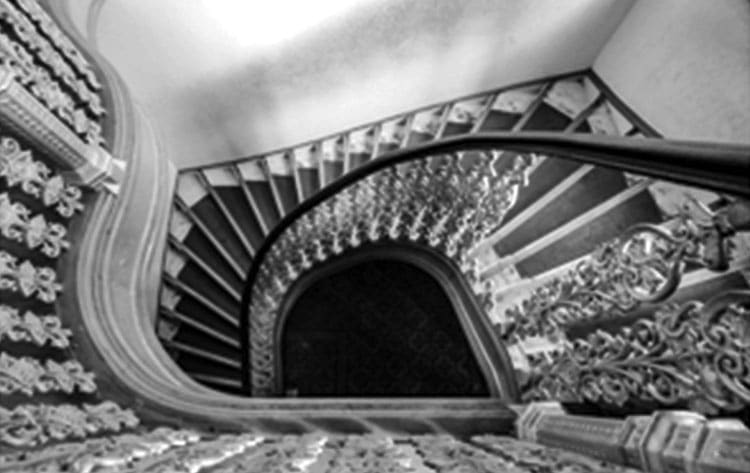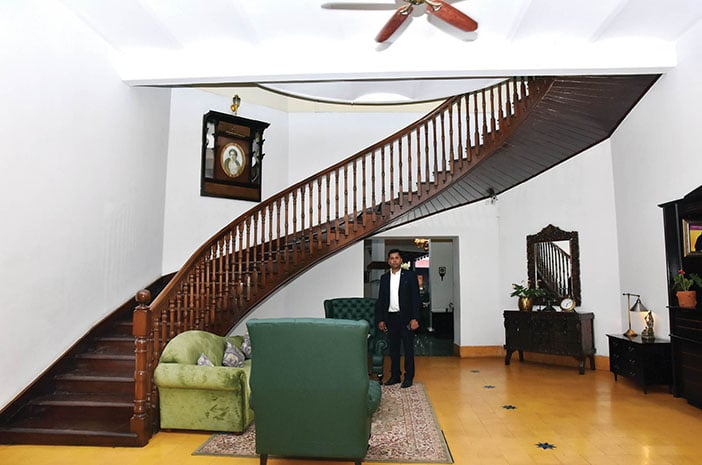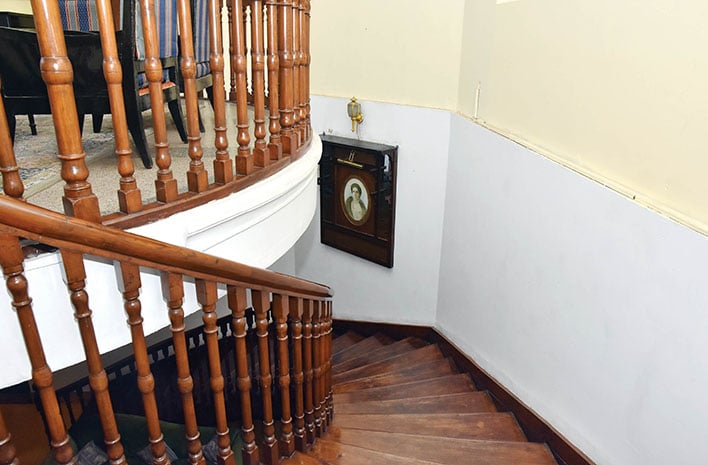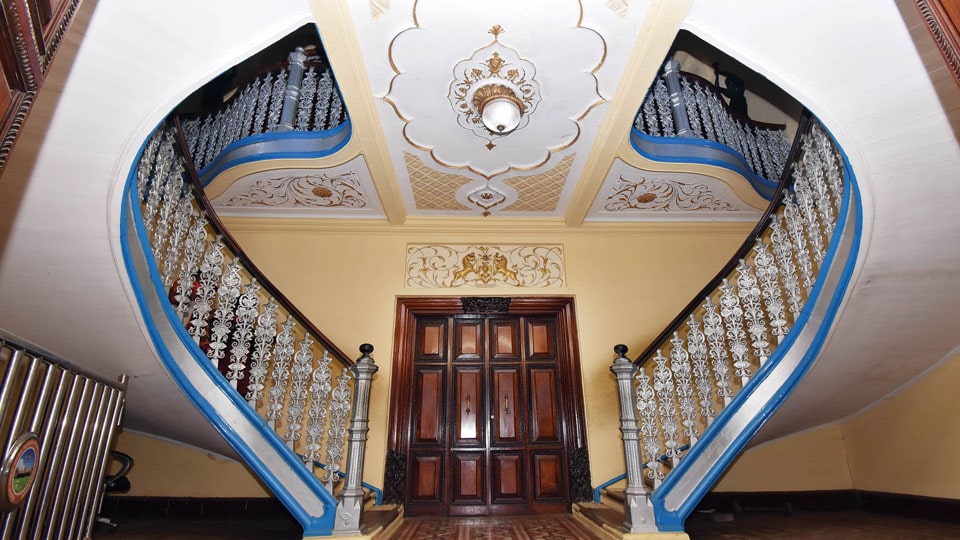By Prof. D.S. Ramakrishna Rao, Design Chair, Mysore School of Architecture
There are many reasons why wooden staircases are still being used today after being in history for such a long time. Apart from being aesthetically pleasing for interiors by providing a warm, earthy ambience by displaying its beautiful wooden grain, it has certain structural advantages as well.
Wood is a light material and larger structures can be built without adding too much strain on the support structures or the floor. Steel and concrete, on the other hand, can add a lot of force on the floor and supports and would need extra bracing or footings to hold it up.

Stairs are one of the oldest buildings in architectural history and they have always played a central role in the history of humanity although it is difficult to tell exactly in which year they were invented. It is believed that timber staircase was first used during 6000 BC.
The first stairs in the history were wood trunks fitted together and these kinds of stairs were used to acquire strategic positions for survival. In a basic sense, the first use was to overcome the difficulties presented by the terrain such as valleys or mountains. The goal was to be able to pass these difficulties as soon as possible. Move up often meant moving to a place of greater security. Those days this could have meant a difference between life and death. The quicker they move, the safer they can be.
The end of the nineteenth century is regarded by many as the golden era of construction of stairs. Peter Nicholson developed a mathematical system for stairs and railings approaching the art of the stairs to the workers of wood and metal. Generally, teak, pine, poplar, oak, maple, walnut and cherry are the most popular wood for staircase construction.
By the end of 1980, Eva Jiricna in London started designing stairs in glass and stainless steel which gave the stairs a sleek and futuristic look. Today, it is increasingly common to exit the conventional design of iron and wood and move on to different materials such as stainless steel, glass and titanium.

Wood quality for stairs
Pine: Southern Yellow Pine is the most common material used to make stairs because of its strength and cost. Because it is economical, there are several grades of this wood.
Poplar: Colour variation and distinctive graining is common in poplar. However, it accepts paint well and is nearly clear. Because of these characteristics, poplar is commonly used in painted or carpeted stairs. It is the least expensive of the hardwoods.
Hardwoods: Oak, Cherry and Maple are the most popular types of hardwoods. When stairs are made out of these materials, they are considered to be “finish grade.” It is expected that the stairs will be viewed as a show-piece in the room and the wood must be of exceptional quality.

Apart from the above mentioned woods, in India, the famed rosewood and teakwood are used to make the staircases. While teakwood needs a polish for a fine finish, rosewood does not need extensive polishing. When compared to teak, rosewood is heavier.
Rosewood stairs can also be seen in traditional ancestral family homes in Kodagu called the ‘Ain Mane’. Apart from staircases, these heritage homes also have carved pillars in the front yard, sporting an elegant look.
Floating staircases, box floating staircase, tubular floating, cantilever staircase, double stringer staircase, single stringer staircase, spiral staircase, full closed floating staircase, helix staircase, concrete cage staircase and hanging stairs are some of the popular variety staircases. And these stairs do not come cheap but people generally go for such designs for the distinct character and, of course, the WOW factor.








Recent Comments